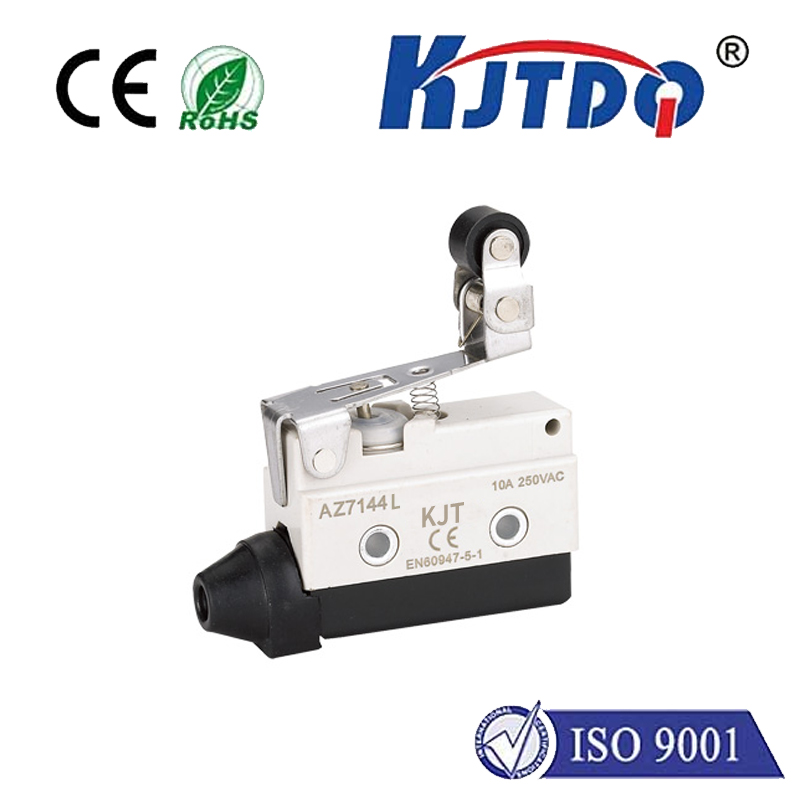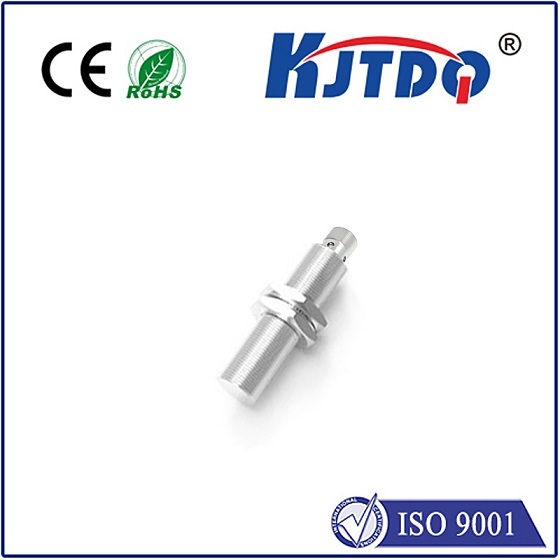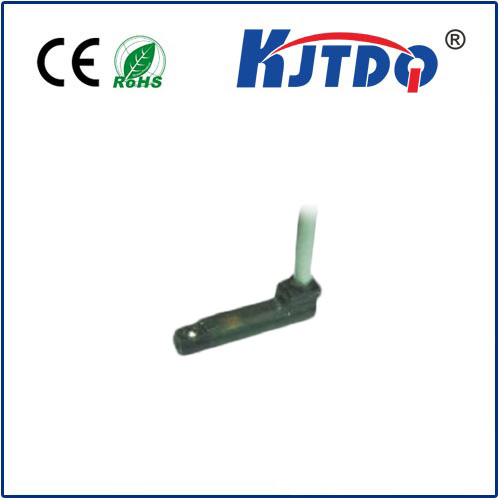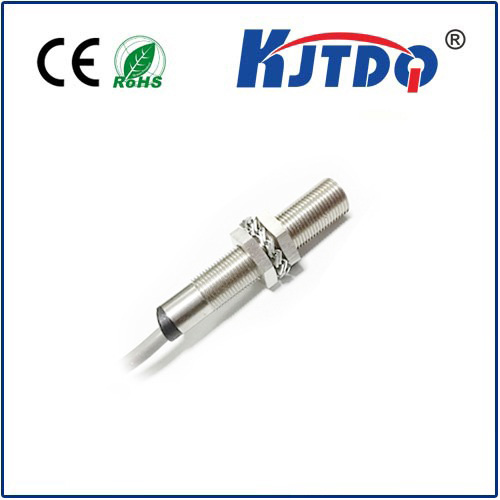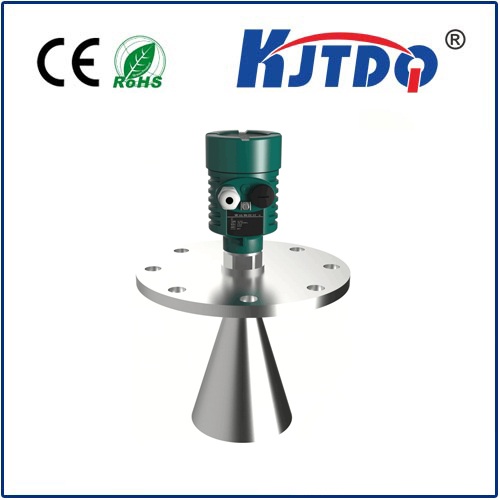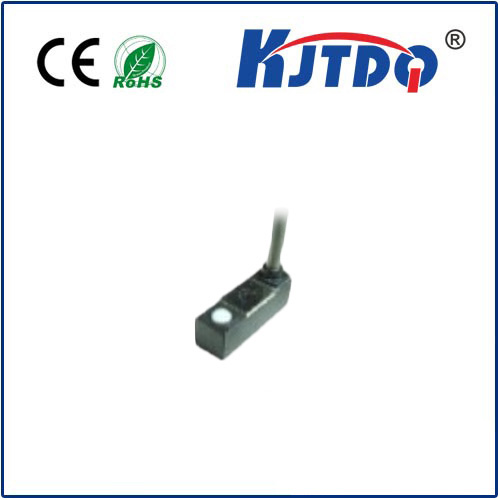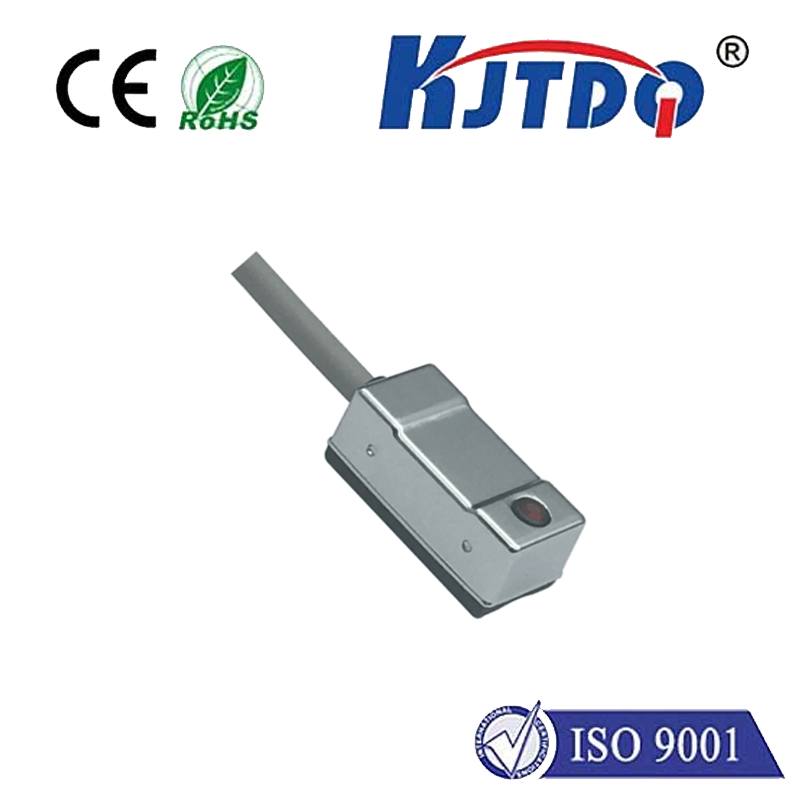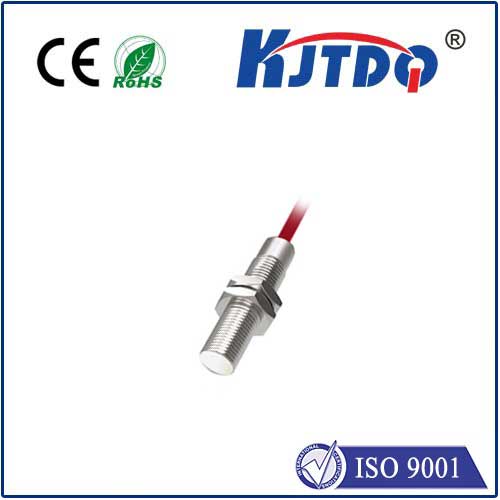low power proximity sensor
- time:2025-07-12 02:34:53
- Click:0
The Silent Sentinel: How Low Power Proximity Sensors Are Revolutionizing Detection
Imagine your smartphone screen magically turning off when you raise it to your ear during a call. Picture a faucet sensing your hands and starting the flow of water without a touch. Envision warehouse lights illuminating only when someone enters an aisle, fading back to darkness when they leave. These seemingly simple conveniences are powered by an unsung hero: the low power proximity sensor. This technology, operating quietly and efficiently in the background, is fundamental to countless modern devices and systems, enabling smart interactions while sipping minimal energy. Understanding its significance is key to appreciating the sophistication behind seamless user experiences and the drive towards energy sustainability in electronics.
What Exactly is a Low Power Proximity Sensor?
At its core, a proximity sensor detects the presence or absence of a nearby object without requiring physical contact. This detection range can vary from millimeters to several centimeters, depending on the sensor type and application. The defining characteristic of a low power variant is its exceptionally low energy consumption during operation, significantly extending battery life or reducing overall system power requirements.
Common sensing technologies used include:
- Infrared (IR): Often employing an IR LED emitter and a photodiode receiver. The sensor detects changes in reflected IR light when an object enters its field. Modern designs achieve remarkable ultra-low power consumption through optimized drive currents and short, infrequent measurement bursts.
- Capacitive: Measures changes in an electrical field between the sensor and a target object (which acts as the other plate of a capacitor). These sensors excel at detecting non-metallic objects like human skin (think touchless faucets or phone screen dimming) and can operate with minimal power draw by using sophisticated low-energy measurement circuits.
- Ultrasonic: Emits high-frequency sound waves and detects echoes bouncing back from objects. While potentially offering longer ranges, achieving low power operation can be more challenging compared to IR or capacitive types due to the energy required for sound wave generation. They are less common in battery-critical low-power proximity roles but can have specific applications.
The Imperative of Low Power Consumption

Why does minimizing power matter so much for proximity sensing?
- Extended Battery Life: This is paramount for portable and wearable devices like smartphones, tablets, wireless earbuds, fitness trackers, and smartwatches. Proximity sensing (e.g., screen on/off, ear detection) is frequently active. Ultra-low power consumption ensures this essential functionality doesn’t become a battery drain, allowing devices to last days or weeks between charges.
- Always-On Functionality: Many systems require constant or near-constant vigilance. Think occupancy sensing for smart lighting, security system triggers, or industrial machine safety zones. Low-power sensors enable this always-on capability without requiring large power supplies or frequent battery replacements, making them viable for remote or embedded applications.
- Energy Efficiency & Sustainability: Reducing the power footprint of individual components contributes significantly to the overall energy efficiency of electronic systems and networks, particularly in large-scale deployments like smart buildings or the Internet of Things (IoT). Lower energy use directly translates to reduced environmental impact and operational costs.
- Heat Management & Miniaturization: Less power dissipated means less heat generated. This is crucial for densely packed electronics, allowing for smaller form factors and more compact designs without overheating concerns.
How Low Power Proximity Sensors Achieve Efficiency
Designers employ several ingenious techniques to slash power consumption:
- Duty Cycling & Wake-on-Approach: Instead of operating continuously at full power, the sensor spends most of its time in a deep low-power sleep mode, drawing only nanoamps or microamps. It briefly “wakes up” at programmed intervals (e.g., every few milliseconds or seconds) to take a measurement. More advanced systems might use a secondary ultra-low-power “trigger” circuit to wake up the main sensor only when a potential object is detected nearby.
- Optimized Emitter Drive: For IR sensors, the LED emitter consumes the most power. Techniques involve driving the LED with very short, high-current pulses (imperceptible to the human eye) rather than continuous lower currents, achieving the required signal strength while minimizing average power. Advanced pulse sequencing enhances noise immunity without increasing energy use.
- Efficient Signal Processing: Modern sensor ICs integrate sophisticated analog front-ends and digital processing logic designed explicitly for minimal power. They quickly analyze the raw sensor data using low-energy algorithms to detect presence accurately.
- Advanced Semiconductor Processes: Manufacturing sensors using cutting-edge semiconductor nodes allows for inherently lower operating voltages and reduced leakage currents, directly contributing to ultra-low power consumption.
Pervasive Applications: Where Efficiency Meets Innovation
The impact of low power proximity sensors is felt across numerous industries:
- Consumer Electronics: Smartphone/Tablet Screen Management (turn off screen on call), Ear Detection (mute music when earbud removed), Laptop Lid Closure Detection, Gesture Recognition interfaces.
- Smart Home & Building Automation: Touchless Controls (faucets, soap dispensers), Occupancy Sensing for lighting/HVAC, Intrusion Detection in security systems, automatic door openers.
- Industrial Automation & IoT: Machine Safety (detecting personnel near hazardous zones), Object Counting on conveyors, Level Sensing in tanks, Equipment Activation (tools turning on only when handled), predictive maintenance monitoring. Low-power wireless sensors enable vast, battery-operated IoT sensor networks.
- Automotive: Keyless Entry & Start Systems (detecting key fob presence), Driver Presence Detection, automatic trunk opening (“kick sensor”), interior occupancy monitoring.
- Healthcare & Wearables: Activity Trackers (detect when worn), Medical Devices (automated dispensers, patient presence monitoring).
Choosing the Right Sensor: Factors to Consider
Selecting the optimal low power proximity sensor involves balancing several factors:
- Detection Range & Accuracy: How far and how reliably does it need to detect the target object?
- Target Material: Is it detecting skin, metal, plastic, liquids? This dictates the choice between IR, capacitive, ultrasonic, etc.
- Environmental Conditions: Susceptibility to ambient light (IR), moisture, dust, EMI?
- Power Budget: Absolute maximum average current consumption allowed? Requirements for sleep vs active modes?
- Response Time: How quickly must it detect an approaching object?
- Size Constraints: Physical footprint limitations?
- Cost: Unit cost and integration complexity.
The Future: Smarter, Smaller, More Efficient
The trajectory for low power proximity sensors points towards even greater efficiency and intelligence. We can expect:
- Integration: More sensors will combine proximity sensing with other functions like ambient light sensing (ALS), gesture recognition, or environmental monitoring into single, highly power-optimized packages (System-in-Package - SiP).
- AI at the Edge: Tiny machine learning (TinyML) algorithms implemented directly on the sensor or companion microcontrollers will enable smarter, context-aware detection, further reducing false triggers and unnecessary power consumption by only activating when truly relevant events occur.
- New Materials & Techniques: Research into novel sensing principles like graphene-based sensors holds promise for unprecedented sensitivity combined with ultra-low power consumption.
- Self-Powered Options: Exploration into energy harvesting (using ambient light, vibration, RF) could eventually power certain proximity sensors, eliminating the need for batteries in some applications.
In essence, low power proximity sensors are the invisible enablers of modern convenience, safety, and efficiency. By mastering the art of minimal energy use while providing critical detection capabilities, they silently power our interactions with technology and pave the way for increasingly intelligent and sustainable systems, proving that sometimes, the most impactful technologies are those we never consciously notice.












